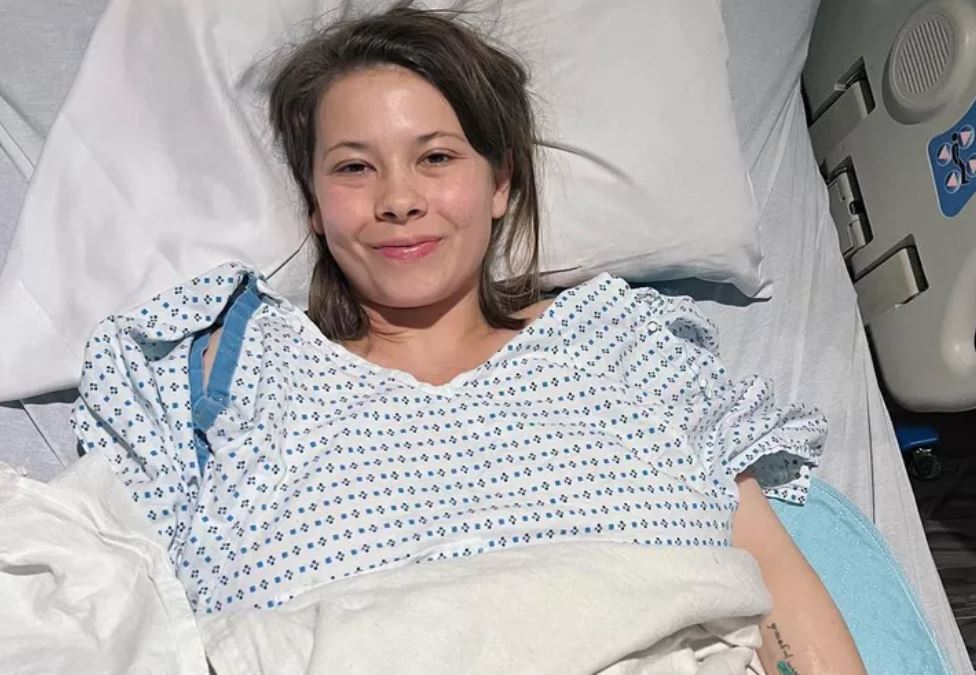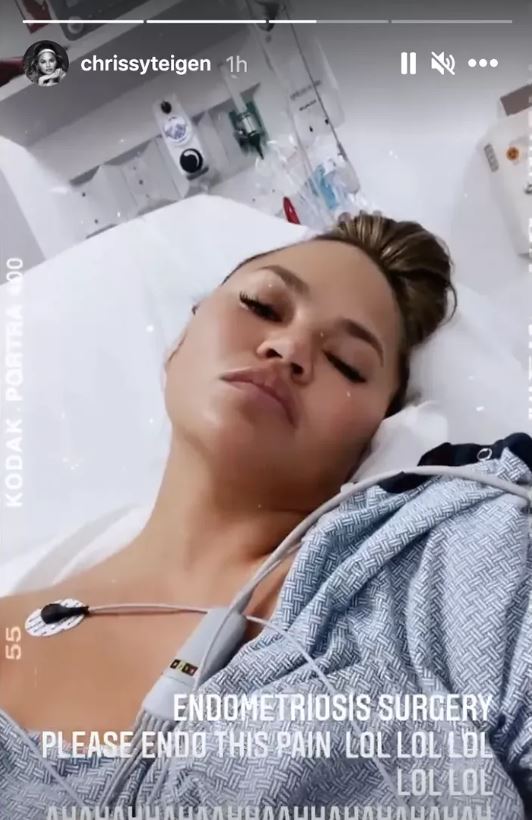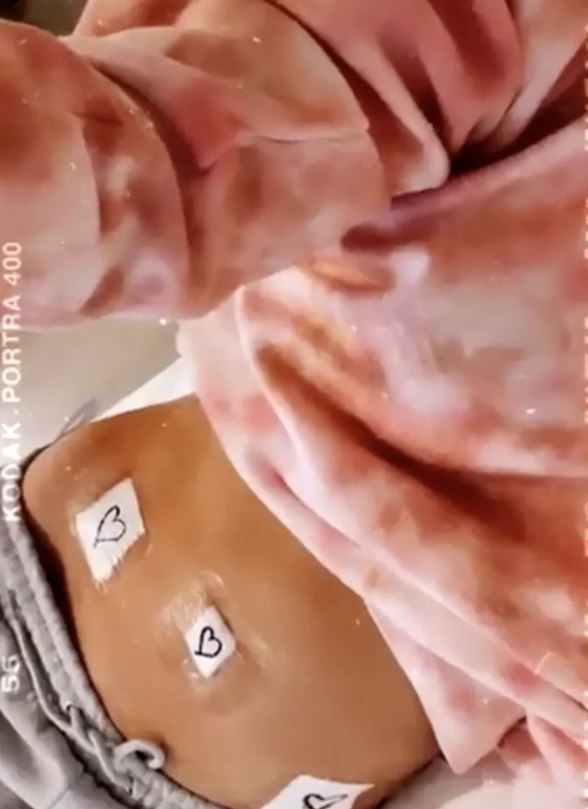Last month, Bindi Irwin revealed on social media that she had suffered from “insurmountable fatigue, pain, and nausea” for a decade before being diagnosed with endometriosis, a condition in which uterine tissue grows outside of the uterus, causing cramping and persistent pain.
In the United States, women must receive a good diagnosis and treatment for an average of ten years. Chrissy Teigen, Olivia Culpo, and Julianne Hough are among the 6.5 million women in the United States who have the condition.
Endometriosis is most common in women between the ages of 30 and 40. Still, it can appear in teens and women in their 20s, according to Dr. Mary Jane Minkin, a board-certified OB/GYN at Yale University School of Medicine and member of the PEOPLE Health squad who answered questions about the condition.

What are the signs and symptoms of endometriosis?
The tissue can spread outside the uterus, producing heavier periods, pain in the bladder, pelvis, and all over the belly, and agony during intercourse — especially with deep penetration. These women frequently have heavier periods as well. It is also a cause of infertility.
Why are some women not diagnosed?
Endometriosis is relatively common, which most people are unaware of. Endometriosis affects 10% of all women, according to estimates. However, it is not always visible to a doctor. When you check a lady, you may not feel any lumps in her pelvis.
An ultrasound might not reveal it, either. Sometimes a diagnostic laparoscopy is required to see within the abdomen. And the level of discomfort women experience does not always correspond to the amount of sickness they have. I’ve removed endometriomas the size of a football, and the woman experienced no pain.
Is it growing more prevalent among young women?
Younger women may think, “Endometriosis is only for old ladies.” And the classic case is a woman in her 30s or 40s. However, teenagers can understand it. For many years, younger women were not diagnosed. We’re merely acknowledging it and taking action to treat it.

Endometriosis can be treated in several ways.
There are numerous medications available to treat endometriosis. Many drugs trigger menopause because it is the most effective treatment. Birth control tablets can also alleviate cramping. And surgery is one of the methods we use to treat it.
We can cauterize the tissue or remove cysts via laparoscopy to relieve pain. However, if you stop treating it, it may reappear. After several operations, some women will have had enough and ask for a hysterectomy, but that’s drastic.
What factors may enhance your chances of developing endometriosis?

To be sure, there is a hereditary predisposition. And a woman who is 40 years old and hasn’t had a pregnancy has a higher chance of having endometriosis than someone in their 20s who has been pregnant.
What should women do if they are experiencing symptoms?
If you go on birth control pills and take Aleve or Motrin and still have cramps, don’t be afraid to go to the doctor. Tell them you’ve tried your pain relievers, are on the birth control pill, and are still pretty miserable. Go to someone who will listen to you. This isn’t something you’re just obligated to put up with.







